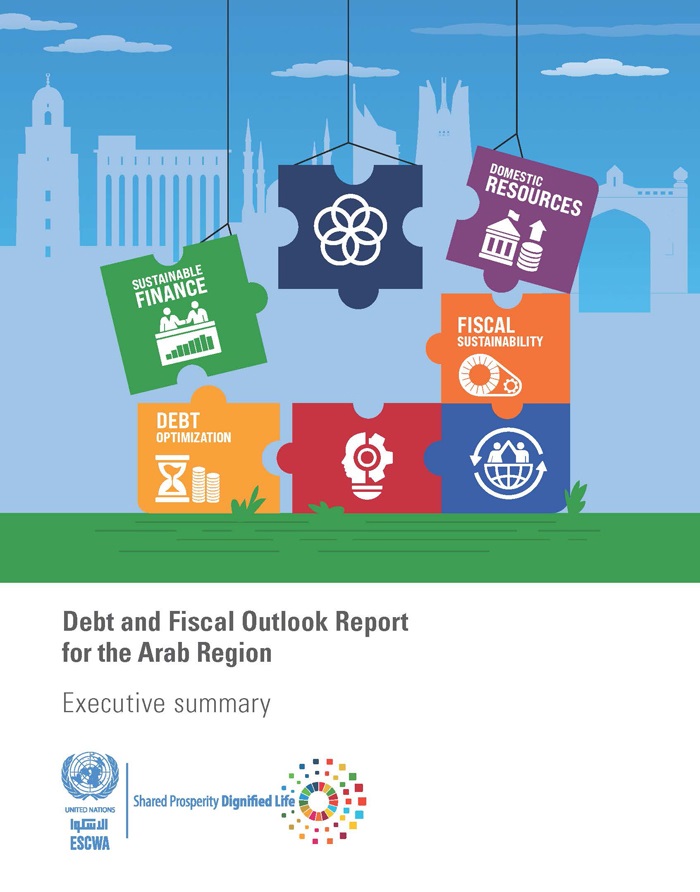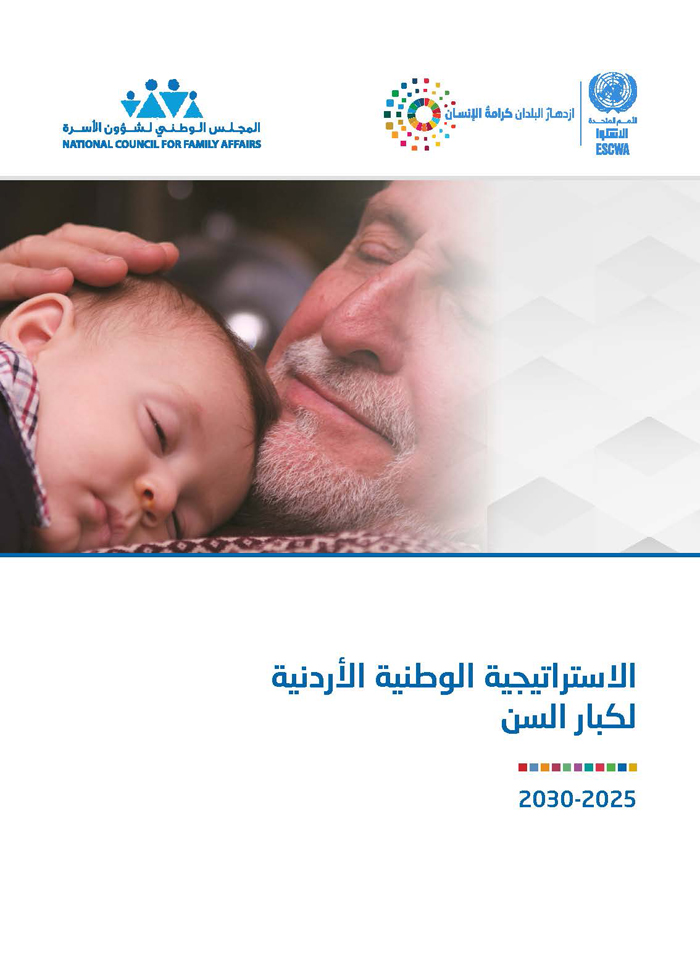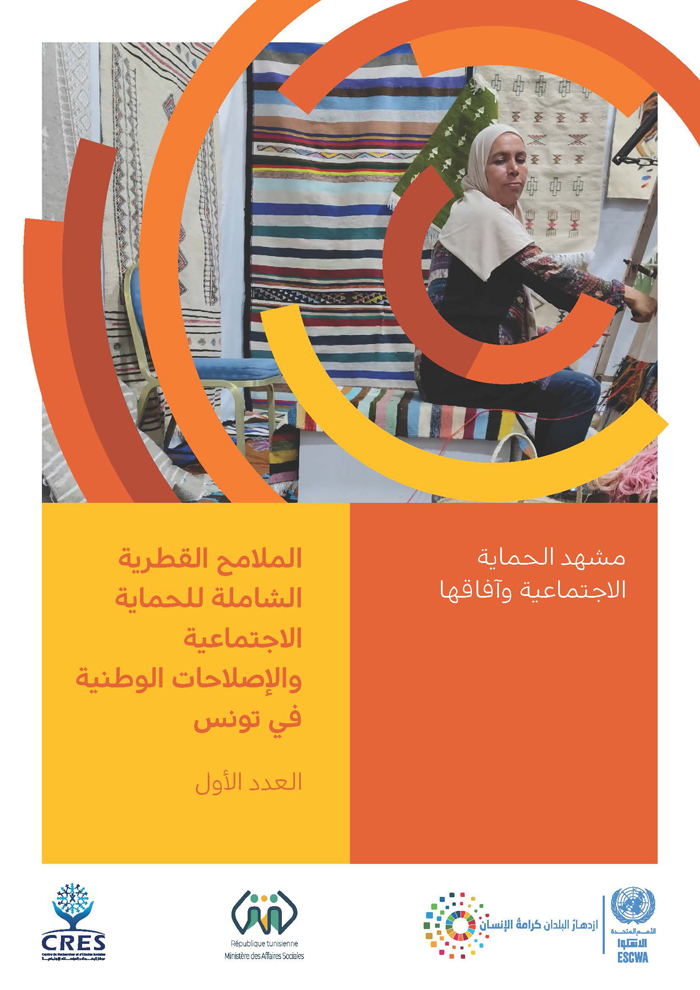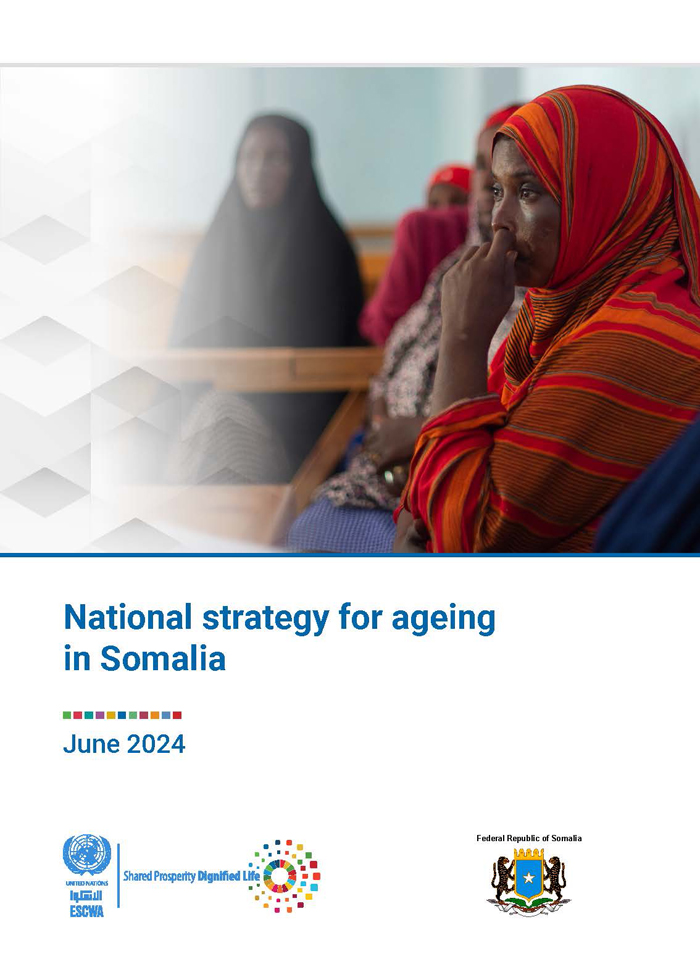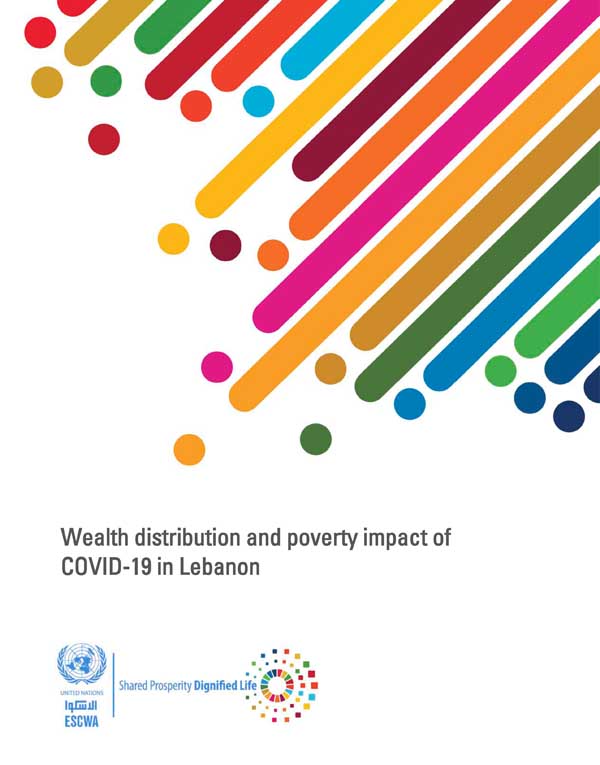
ESCWA Publication: E/ESCWA/CL3.SEP/2020/TP.8
Country: Arab region, Lebanese Republic
Publication Type: Information material
Cluster: Shared Economic Prosperity
Focus Area: Financing for development, Inclusive development
Initiatives: Monitoring money-metric poverty
SDGs: Agenda 2030, Goal 1: No Poverty
Keywords: Covid-19, Income distribution, Money, Poverty, Technical cooperation
Wealth distribution and poverty impact of COVID-19 in Lebanon
January 2020
Lebanon is de facto experiencing the impact of three reinforcing growth shocks: a long-term recession post-Syrian crisis as a result of gradual decline in tourism receipts and private investment from the GCC; domestic political instability since 2019; and the COVID-19 induced a growth GDP shock. These overlapping shocks have led to an increase in the headcount poverty rate from 28 per cent in 2019 to an estimated 55.3 per cent in May 2020. Likewise, extreme poverty is expected to increase from 8.2 percent to 23.2 per cent. Assuming a population size of 4.8 million, this would bring the total number of poor among Lebanese population to 2.7 million, an increase of 1.4 million poor from the pre COVID-19 growth scenario in 2020. The equivalent rise in the number of extreme poor is 750,000 persons.
The middle-income group has contracted from covering over 57 per cent of population in 2019 to less than 40 per cent in 2020. The real challenge facing Lebanon is that this group, representing the bulk of the country’s skilled human capital, will seek emigration which may be speeded up by the high rate of dual citizenship among this group. Thus, the impact on the size and diversity of Lebanon’s middle class, or the skilled professionals who belonged to middle income groups, could be dramatic.
Related content
Financing for development
, Inclusive development
,
Lebanon is de facto experiencing the impact of three reinforcing growth shocks: a long-term recession post-Syrian crisis as a result of gradual decline in tourism receipts and private investment from the GCC; domestic political instability since 2019; and the COVID-19 induced a growth GDP shock. These overlapping shocks have led to an increase in the headcount poverty rate from 28 per cent in 2019 to an estimated 55.3 per cent in May 2020. Likewise, extreme poverty is expected to increase from 8.2 percent to 23.2 per cent. Assuming a population size of 4.8 million, this would bring the total number of poor among Lebanese population to 2.7 million, an increase of 1.4 million poor from the pre COVID-19 growth scenario in 2020. The equivalent rise in the number of extreme poor is 750,000 persons.
The middle-income group has contracted from covering over 57 per cent of population in 2019 to less than 40 per cent in 2020. The real challenge facing Lebanon is that this group, representing the bulk of the country’s skilled human capital, will seek emigration which may be speeded up by the high rate of dual citizenship among this group. Thus, the impact on the size and diversity of Lebanon’s middle class, or the skilled professionals who belonged to middle income groups, could be dramatic.
